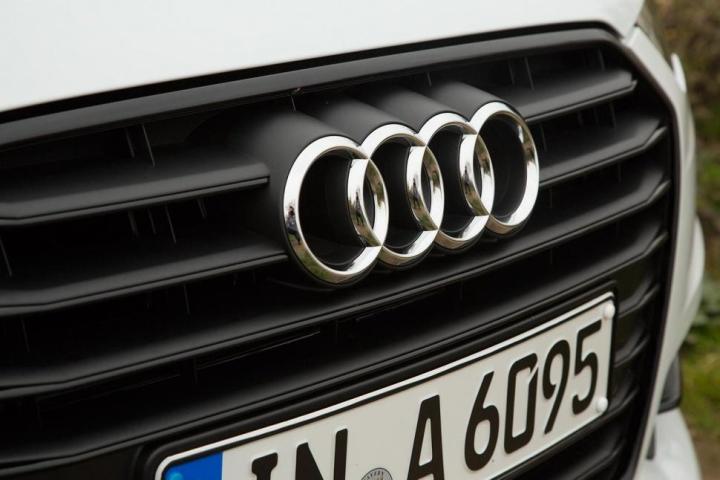
Last year, the German carmaker developed a new way to synthesize methane, the primary fuel source for natural-gas vehicles. The process to create this “e-gas” involved extracting hydrogen from water via electrolysis and combining it with the CO2 produced by organic waste.
Now Audi has announced the development of “e-diesel,” a CO2-neutral fuel made from sustainable raw materials like air, water, and electricity.
Like e-gas, e-diesel is created by combining hydrogen and CO2. Using a method called air capturing — a technology developed by Swiss company Climeworks — Audi’s technicians are able to gather carbon dioxide from the ambient atmosphere and contain it.
Once the CO2 is stowed, an electrolysis unit (powered by green electricity, of course) separates the hydrogen and oxygen molecules from water. The separated hydrogen mingles with CO2 in a heated and compressed chamber, and an energetic liquid called Blue Crude is born.
Blue Crude is nearly 80-percent convertible to synthetic diesel and can mix in any ratio with fossil fuel. It is also free of aromatics like sulfur, and because of its high cetane number, it’s very ignitable.
Audi says the techniques used to make the e-diesel are 70 percent efficient, and the company’s sunfire plant in Dresden can product 160 liters of the hydrocarbon compound in a single day.
If Audi’s research continues to go well, you could very well be seeing this type of fuel in production cars like the A3 TDI soon.
Last month, DT’s own Peter Braun tested the A3, returning a stunning 57 mpg over the 13.2-gallon tank’s 834-mile range. The diesel-powered compact is officially rated at 43 mpg.


